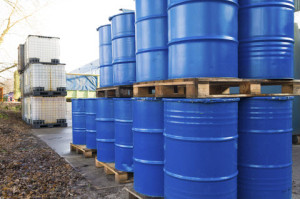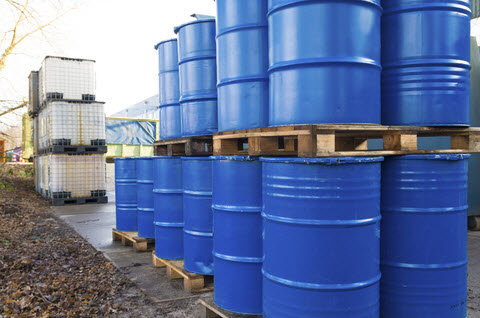Commentary – The “Doable” Oil Price Recovery

Source: www.Dreamstime.com © Hansenn
I remember July 2008 like it was yesterday. Oil price hit $145 per barrel for the first time in history. Analysts predicted that insatiable Chinese demand would drive oil price even higher; $150, $170, and even $200 per barrel were not out of the question. But by December 2008, the Financial Crisis had hammered-down oil demand, causing price to fall below $40 per barrel.
Just like in 2008, the sequence of events that culminated in the 2014 oil price crash came with surprising speed. The unexpected increase in production from war torn Libya, slowing demand from China, a large surge of US tight oil, and the upshot — OPEC’s decision to keep pumping oil at the same rate, despite falling price.
Price shocks appear with no warning. The fall-out is more predictable. Oil and gas companies slam on the brakes. A 50 percent drop in revenue demands quick action. Capital spending is slashed, jobs are cut, and financial uncertainty takes grip in the oil producing regions of the world.
While the recent oil price drop feels like 2008 and 2009, in many respects the situation is different. Consider that:
- Despite the stunning drop in oil price, the difference between global supply and demand is relatively small. The world consumes over 93 million barrels per day; meanwhile, supply is between 1.5 and 2 million barrels per day higher. In the middle of 2009, the gap was twice that level.
- Oil demand is growing. Global demand should grow by at least 1.0 million barrels per day this year. Meanwhile, between the start of the financial crisis and the end of 2009, oil demand declined 1.6 million barrels per day. The 2008/09 oil price crash was caused by weak demand, but today’s price crash is just the opposite.
- OPEC has no plan to curtail oil production. In late 2008, with oil price languishing near $40 per barrel, the cartel agreed to cut their collective production by 4.2 million barrels per day. Compliance was weak at first. However, by year end, OPEC’s actions had propelled the price of oil to nearly $80 per barrel. So far in this oil price crash, OPEC refuses to cut production.
- Tight oil — a source of supply that did not exist in 2009 — declines quickly. Hydraulically fractured tight oil has high decline rates. In the first 18 months of a new well’s life, the initial production rate drops about 80%. Consequently, ongoing drilling is required to sustain and grow production. As of now, the number of US drilling rigs targeting oil has dropped more than 50 percent compared with last year. Tight oil production should follow.
- The world is more geopolitically charged. The level of instability in major oil producing countries is higher today than in 2009. While anyone reading the daily newspaper may feel this is true, the impact on the oil market can be objectively measured by the level of offline oil supply. As of now, OPEC has 2.6 million barrels of production outages, mostly stemming from civil war or sanctions. Compare this with virtually no outages five years ago. While these barrels could still return to the market (as was the case with Libya’s surprising surge in supply last fall), it is more likely that low oil price will fuel greater levels of social unrest and civil conflict that could ultimately reduce production levels further.
I remember the 2009 oil price recovery. With the exception of OPEC’s policy curveball, by most measures the situation is better now compared with 2009. Considering that today’s gap between supply and demand is relatively small, the world’s appetite for oil is growing, and that cash strapped US tight oil producers are already cutting drilling rates, the start of recovery this year is doable. It is considerably more doable than it would have been in 2009. Plus watch out for the geopolitical wildcard – the potential for an unplanned OPEC outage that would accelerate the timeline for a price recovery.


